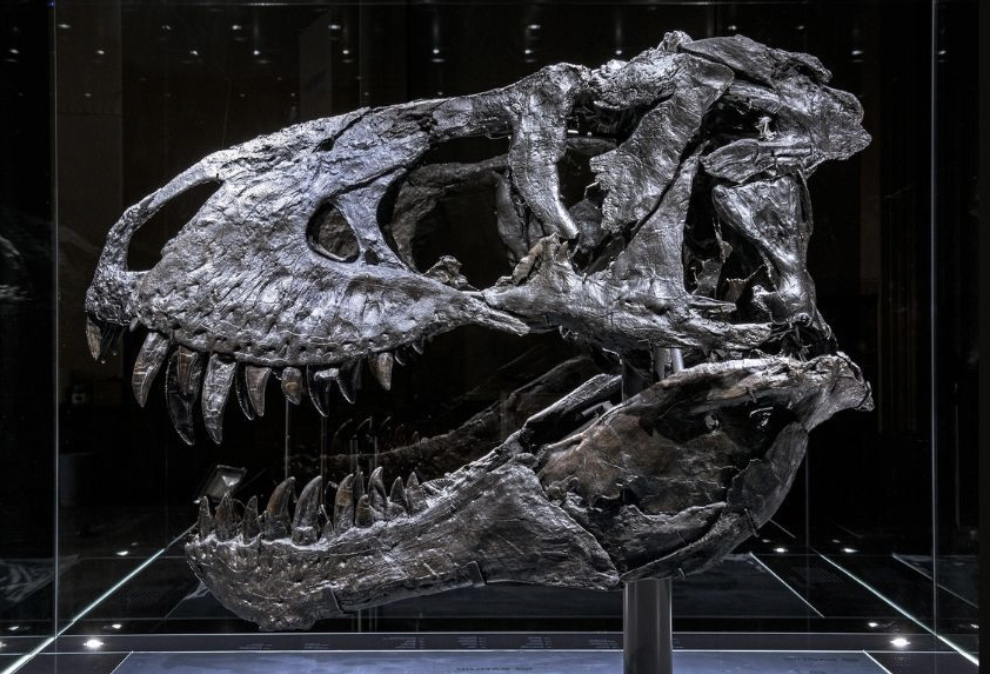T. Rex Had Osteomyelitis!
Radiologists in Germany used dual-energy CT to diagnose osteomyelitis in a famous dinosaur
Radiologists in Germany used dual-energy CT to diagnose osteomyelitis in a famous dinosaur

